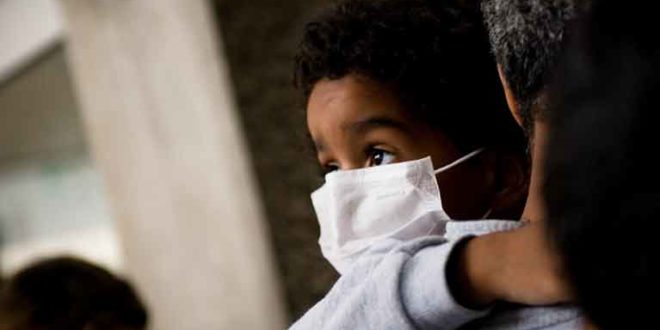Scroll down for the Arabic abstract.
The media contributes a vital role in raising public health awareness within society, especially in times of disease outbreaks and epidemics. This role grows according of the possibilities and tools the media and communication entities possess to help it perform this function, as a means to protect members of society from the risks of epidemics and viruses. The scientific paper focuses on strategies for crises and risks communication in dealing with the emerging COVID-19 pandemic, and the economic and social implications of it, and providing comparison of the concepts of crisis communication and communication of risks and common features, and sources of information during the COVID-19 pandemic, and presented the concept of communication strategy, Considerations for defining a health risk management strategy, and steps for building a communication strategy, as well as monitoring risk communication strategies and public participation in facing the emerging COVID-19 crisis by relying on the strategy for risk communication systems, internal coordination with partners, public communication, and dealing with rumors and Fake information. Finally, presenting an integrated model of health communication based on participation of people and institutions during periods of health risks and crises. The study concluded that relying on crises and risks communication during epidemic and outbreaks plays a vital role in communication strategies at the level of governments, international and local organizations to cope with epidemic outbreaks. Also, crises and risks communication of the health field at the Arab and international levels is still facing many problems at the level of the communication medium, message, publishing timing and the targeted audience.
استراتيجيات إعلام المخاطر والأزمات في التعامل مع جائحة فيروس كورونا المستجد: رؤية تحليلية نقدية
تسهم وسائل الإعلام بدور محوري في رفع الوعي الصحي لدى أفراد المجتمع، خاصة في أوقات انتشار وتفشي الأمراض والأوبئة، ويتعاظم هذا الدور في ضوء ما يملكه الإعلام من إمكانات تساعده على أداء تلك الوظيفة كأحد الأدوات والوسائل المهمة لحماية أفراد المجتمع من مخاطر الأوبئة والفيروسات. تركز تلك الورقة العلمية على استراتيجيات إعلام المخاطر والأزمات في التعامل مع جائحة فيروس كورونا المستجد COVID-19، والآثار الاقتصادية والاجتماعية المترتبة عليه، وتقديم مقاربة لمفهومي اتصال الأزمات واتصال المخاطر والسمات المشتركة بينهما، ومصادر المعلومات خلال جائحة فيروس كورونا COVID-19، وعرض مفهوم الاستراتيجية الاتصالية، واعتبارات تحديد استراتيجية إدارة المخاطر الصحية، وخطوات بناء استراتيجية الاتصال، فضلا عن رصد استراتيجيات اتصال المخاطر ومشاركة الجمهور في مواجهة أزمة فيروس كورونا المستجد COVID-19 من خلال الاعتماد على استراتيجية نظم اتصال المخاطر، والتنسيق الداخلي مع الشركاء، والاتصال بالجمهور، والتعامل مع الشائعات والمعلومات الخاطئة، وأخيرا تقديم نموذج متكامل للاتصال الصحي قائم على المشاركة خلال فترات المخاطر والأزمات الصحية. وخلصت الدراسة إلى أن الاعتماد على اتصال المخاطر والأزمات خلال فترات تفشي الأوبئة المعدية يؤدي دورا محوريًا في استراتيجيات الاتصال على مستوى الحكومات والمنظمات الدولية والمحلية لمواجهة تفشي الأوبئة. كما أن اتصال المخاطر والأزمات في المجال الصحي على المستويين العربي والدولي مازال يواجه إشكاليات عديدة على مستوى الوسيلة الاتصالية والرسالة، وتوقيت نشرها، والجمهور المستهدف.على
 Arab Media & Society The Arab Media Hub
Arab Media & Society The Arab Media Hub


